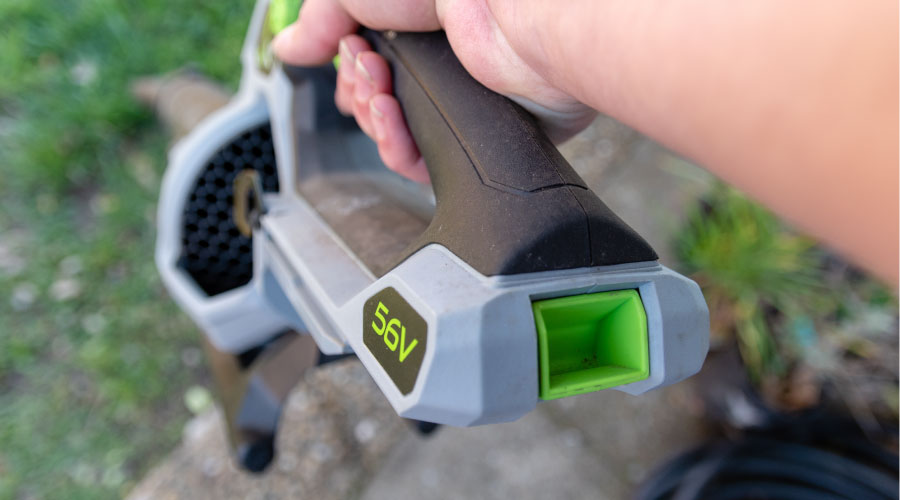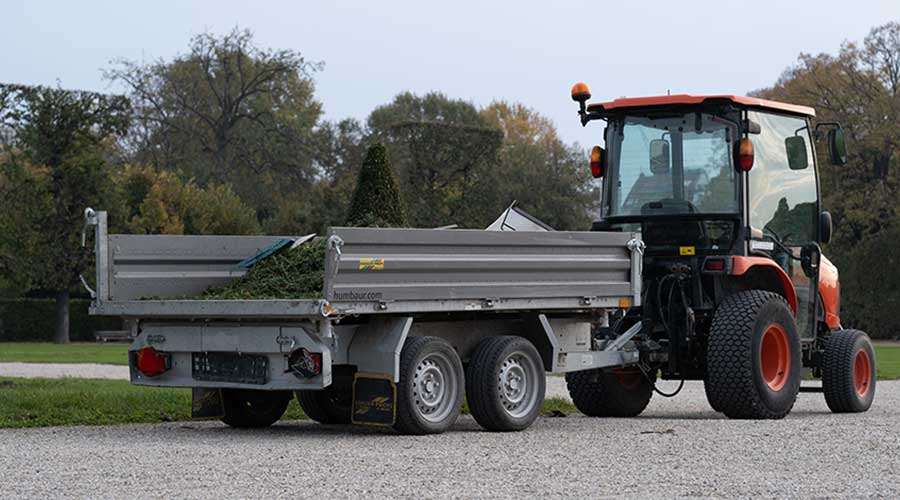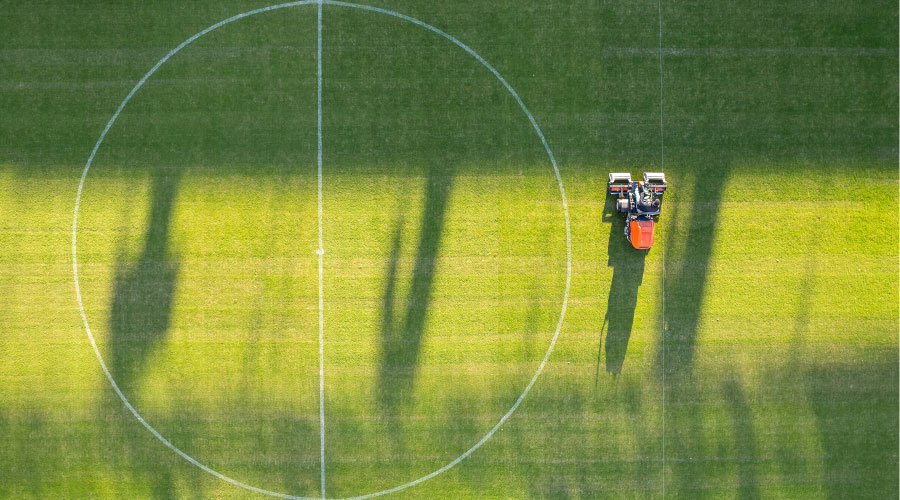Irrigation Systems: Maintaining for Savings
Irrigation systems are essential elements of landscapes for institutional and commercial facilities. When properly installed, operated, and maintained, irrigation systems ensure that grounds look their best and remain healthy. But grounds managers also can run into costly leaks, unsightly damage to landscapes, and waste of valuable water resources if just one component of the system does not work properly. It is extremely important that technicians pinpoint and fix problems as soon as they arise.
Regular maintenance can ensure that irrigation systems run as efficiently as possible. In addition to complete monthly system checks, weekly visual checks can ensure that technicians identify potential problems before they cause significant damage.
Evaluating The System
Comprehensive maintenance of an irrigation system will help managers determine the system's health, and, if problems exist, it will provide information to help managers determine whether repair or replacement is the wisest decision. Effective maintenance should focus on key system components.
Controllers. When an irrigation system is not working correctly, the first component technicians need to check is the controller, which tells the system when to turn on and for how long it should run. In most cases, a programming error is to blame. The most common controller issues involve the controller starting over after it has finished and the irrigation operating at strange times of the day. In both cases, a simple programming error is the cause.
Technicians should check the controller's programming to be sure it contains only the desired start time. They should delete unwanted start times and make sure the start times are correct as to a.m. and p.m. In some cases, the controller reverts to its default settings. The remedy is to reprogram it to the desired start and stop times.
When using electronic controllers, a power surge can cause them to freeze or lock up. To reset the controller, unplug the controller from its power source for two-three minutes. If it has a backup-battery feature, make sure to unplug the backup, as well, which allows the unit's microprocessor to reset itself. After waiting a short time, the technician can plug the controller back in and reprogram it to the usual settings.
Sprinklers. Irrigation systems feature two types of sprinklers — rotary and stationary. A rotary sprinkler is designed for use on large areas and sends a spray of water rotating in a circle. A stationary sprinkler is used for smaller areas and sends a mist in all directions simultaneously. It is hidden in the ground until the system is pressurized, which makes the sprinkler head pop up.
The most visually obvious problems with irrigation systems are associated with sprinkler heads and result in uneven water coverage and high volumes of water waste. Nozzle heads should pop up completely when the water is on and fully retract when the water is off. If the noticing spray is uneven or intermittent or non-existent, the sprinkler head might be clogged. Dirt, grass and other debris can build up on sprinkler heads and block or redirect the water. Spray nozzles also can get knocked out of adjustment and require regular inspection.
Other common causes of spray disruption include damage from lawn mowers, normal wear and tear over time, and improper installation. Technicians need to make sure sprinklers are vertical and flush with the soil grade and that water pressure is steady. They also should make sure sprinklers are spraying onto the grass and not on sidewalks, driveways, or streets.
Valves. Water leaks in irrigation systems can result from weather — freezing and thawing — damage from shovels and other sharp tools, vandalism, invasive tree roots, and normal wear and tear. Large leaks are obvious to spot, but smaller leaks might not show up immediately and require careful investigation of system components.
Technicians can look for several common electrical problems related to valves. The wiring connection at the valve has been corroded from failing to use waterproof connectors. The solenoid has failed. Or the wiring between the valve and the controller is damaged. Among the common hydraulic problems with valves is that dirt or debris has gotten inside the valve, or that the diaphragm has a hole or tear.
Pipes. Problems with underground pipes generally result in visible pools of water or large wet areas on the surface. If no wet area appears, but the zone has low pressure, technicians look for an area of grass that is significantly greener than the surrounding area. That might indicate the source of the system's leak.
While many larger leaks are visible above the surface, some occur below ground and require digging, which might call for a local irrigation contractor. The difficult part of underground repairs is exposing and cleaning the damaged area and keeping the repair area clean while making the repair.
Finally, an uneven spray pattern within a particular zone is a sign of pressure problems, which could be the result of a valve or pipe leak. One easy way for technicians to check for a leak is to monitor the water meter. If it is constantly moving, the system more than likely has a leak.
Related Topics:












